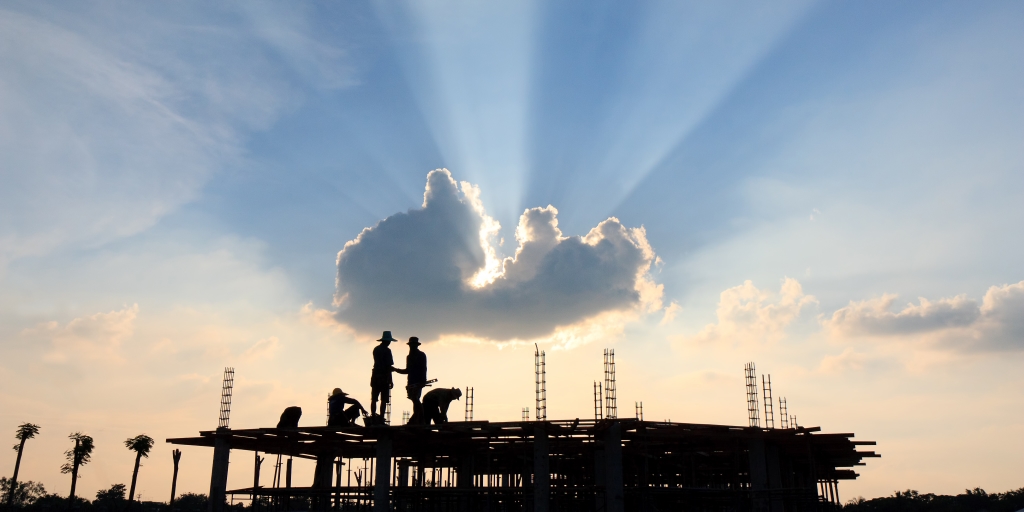
In some ways, designing and building healthcare facilities is almost as challenging as keeping the systems running efficiently and effectively, according to the speakers at our recent Seattle Healthcare event. Making projects pencil and providing the best possible design once they do are certainly no easy tasks in a time when uncertainty is the new norm in the healthcare industry.
Right out of the gate, our Healthcare Paradigms panelists took up the question: What is having the largest impact on healthcare design and construction?
In Seattle, California and other markets, construction costs are climbing — mostly because of the cost of labor, the speakers said. Subcontractors can be selective about the projects they undertake. That is a complete turnaround from seven or eight years ago.
It is good that Seattle is a booming market, but that puts even more pressure on developers to contain construction costs. For developers and designers of healthcare facilities, that is especially true, since healthcare space is so specialized and its construction is more labor-intensive than other property types.
Some of the projects on the books do not pencil anymore, the speakers said. No one is going to pursue a project with negative return on investment, certainly not hospital organizations. Some of the healthcare developments that might have made sense only two or three years ago are on hold.
New projects will be built in the Seattle area. The demand is there, and developers will find ways to provide supply. But that is really only the beginning of the challenge.
The way facilities are built influences the way service is provided in healthcare, the speakers said. Newer designs will encourage a more collaborative atmosphere among the healthcare professionals who work there. But that is going to be hard to replicate in legacy facilities still in use, because healthcare facilities are hard to change once they are built, unless flexibility is built into the structure.
There is disagreement about what flexibility means in a healthcare setting, and whether it is even possible to use flexibility to future-proof a healthcare facility. There is also the question of how design can promote efficiencies, because providing care to patients in the most efficient way possible, without compromising the quality of care, is of the utmost urgency considering the current economics of healthcare.
Even a facility’s finishes — the way it looks and feels to patients — has a profound impact on healthcare delivery. A facility that feels harsh and unfriendly has a negative impact. It makes patients feel more anxious at a time when they need to be less anxious, and that complicates their interactions with healthcare providers, often for the worse.
Also, healthcare specialists need to design facilities to take care of the staff who work there. They need to be comfortable in their surroundings, or patient care will suffer.
The speakers on our Providers Perspective panel offered their take on providing healthcare in the current climate. The short answer: tough but doable, especially for healthcare systems always looking to provide better patient-centric care.
Virginia Mason Medical Center President Suzanne Anderson said Virginia Mason has established very aggressive goals regarding patient experience and quality of care in recent decades. She said the health system will focus on doing healthcare differently, constantly evaluating its processes to find areas to improve care, which is at the heart of the Virginia Mason Production System, a process for patient care modeled after the Toyota Production System.
The system extends to all of the Virginia Mason facilities. That includes the hospital of that name, a network of regional medical centers in the Seattle area, and the Virginia Mason Institute, providing training for the Virginia Mason Production System.
Swedish Health Services CEO R. Guy Hudson said it is important that patients receive the same high-quality care wherever they enter the system. One goal is to keep people out of the hospital by focusing on primary care and wellness and prevention. One of the system’s main strategic objectives, he said, is lowering the overall cost of care.
Swedish Health Services has five hospitals, two freestanding emergency departments, and more than 180 primary and specialty clinics throughout the Puget Sound.
The economics of healthcare is challenging, both speakers said. Of special concern right now is the possibility that the expansion of Medicaid under the Affordable Care Act will be rolled back. People newly covered in recent years will be out of the system again, and less likely to access preventive care, and thus cost the system more when they become very sick and seek treatment at emergency rooms.
Source: Bisnow

